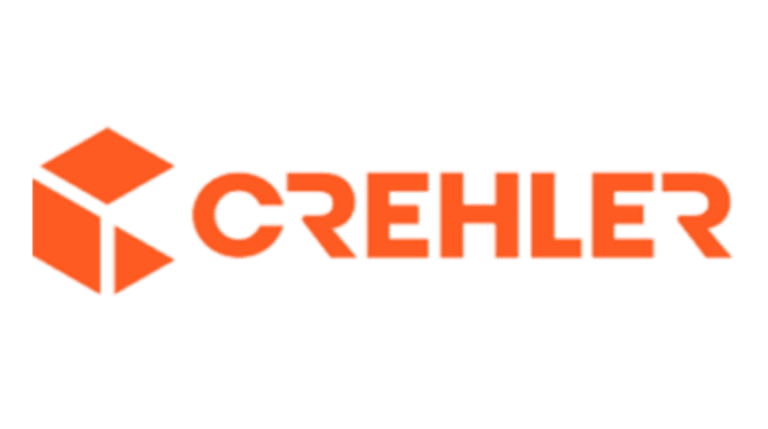Explore the evolving world of web development strategies with us. In this article, we delve into two key approaches: graceful degradation and progressive enhancement. These strategies are crucial for ensuring your website functions seamlessly across various devices and browsers. Whether you’re a developer or simply curious about web development, we’ll uncover the best practices and when to choose the right path for your digital project. Let’s dive in and discover how web development strategies have transformed over the years.
Desktop’s monopoly
In the early 90s, the first ever website was launched by CERN. Thanks to its restoration project, it is still available to visit at http://info.cern.ch/. Looking at it, it’s clearly visible that its creators had only one goal in mind – to make information accessible across a computer network.
Originally no one thought about handling different device screen resolutions, as there were only a handful used – mostly 640x480px and 800x600px. The same goes for browser support – why bother with it, if there is only one browser available?
In the late 90s mobile phones started to support internet connections, and some websites were launched specifically for mobile devices. However, because of slow connection speeds and mobile phones technical limitations, they were crippled in comparison to their desktop counterparts.
Browser marketplace
In the following years, several “big browsers” were introduced, including Google Chrome, Mozilla Firefox, Opera, Safari and Internet Explorer. Each of them had new versions released at their own pace and kept to global web standards, but soon several problems arose:
- Web development strategies and technologies started to evolve at drastic speeds, and not every browser could keep up (looking especially at you, Internet Explorer)
- Each browser had some minor differences from the rest, for example, specific CSS rules or JavaScript statements
- Even though a new version of a browser was released, some of its users kept using the previous ones
This created a new challenge for web development – preparing a website accessible to the whole user market.
Enter the m.domain
In time, mobile devices’ internet speed and computing power increased significantly. In 2001 there was a release of the first-ever responsive website, however, the responsiveness was still lacking – not every technology implemented was yet widely standardized, so there were many mobile devices, that couldn’t run it.
When smartphones were introduced, they still lacked PC computing power, so an alternative solution was prepared – when a server recognized a mobile device, it redirected it to a subdomain, usually starting with “mobile.” or “m.”, which contained a separate, simplified version of a website readied especially for smaller screens.
This wasn’t a solution without a flaw – each website had to be prepared in two versions, which was more costly and time-consuming. Not until the late 2000s mobile devices were ready to fully handle webpages like their desktop counterparts did.
Graceful degradation & progressive enhancement
As an answer to the problems mentioned above, “graceful degradation” and “progressive enhancement” practices were proposed for frontend development. They are both ideologies for developing a product that can be run on different devices, screen resolutions, and, additionally for frontend, browsers.
Graceful degradation – overview
The idea behind graceful degradation is to start the development by preparing a website or web application with modern browsers in mind and gradually adding support for older and less popular ones. This requires adding a separate solution or fallback for each individual case and can be a time-consuming process.
When it comes to responsiveness, its equivalent is the Desktop-First approach – the base website is coded for desktop device resolutions and then gradually tweaked for each mobile screen.
Pros and cons of graceful degradation
+
- Useful when modernizing an older website due to lower costs,
- Allows to prepare a “full-option” version of the website or web application quicker,
- (Desktop-First) a better option when the majority of the traffic comes from desktop devices,
- Easier to plan and develop,
–
- The degradation process needs to be executed each time for every new feature,
- More difficult to maintain support across all available browsers,
- (Desktop-First) harder to prepare the mobile version,
Progressive enhancement – overview
An alternative to graceful degradation is progressive enhancement. It starts the development for “basic” versions of browsers we are willing to support and then adds additional functionalities for the modern ones. Its main goal is to ensure that the core functionalities are fully operational from the get-go on all supported devices. Then, adding new features – “enhancing” is safer as it does not affect the base of the project.
Opposing the graceful degradation, it usually comes with a Mobile-First approach – the frontend is designed and coded for mobile devices first and then additional CSS rules and JavaScript logic are added to handle bigger screens.
Pros and cons of Progressive enhancement
+
- Ensures that the website or web application will work on all devices from the start,
- Makes it easier to introduce support to the newest browsers without changing the core of the product,
- Mobile devices and older browsers require less computing power to render the page, as it is optimized for them,
- (Mobile-First) a better option when a majority of the traffic comes from mobile devices,
–
- Takes more time to prepare a “full-option” version
- Harder to plan and develop
Conclusion about web development strategies
“Progressive enhancement” and “graceful degradation” are the two sides of the same coin – both approaches aim at the same goal: to develop a product, which can be run by most devices and browsers on the market. The difference between them is how they handle the development. One starts with a minimalistic version and then enhances it and the second – the other way around.
Ideologically Progressive Enhancement is considered a better option – it makes sure that “the weakest link” and all core functionalities are handled first. Then adds improvements to fit modern standards. Graceful degradation, however, has one important advantage, which makes it still used in current day standards. Which? Early stages of development are easier to start with.
The most obvious thing to do is to stick to one of the concepts, preferably to the progressive degradation. However, the development of each individual product comes with its own quirks. Sometimes the solution to meeting all of the development conditions is to become flexible and approach each case with practice best fitting for it.
GET IN TOUCH
Let’s create a tailored solution for mobile!
Contact us today to ensure your website delivers a seamless experience across all devices and browsers. Don’t compromise on accessibility – optimize your web presence now!























